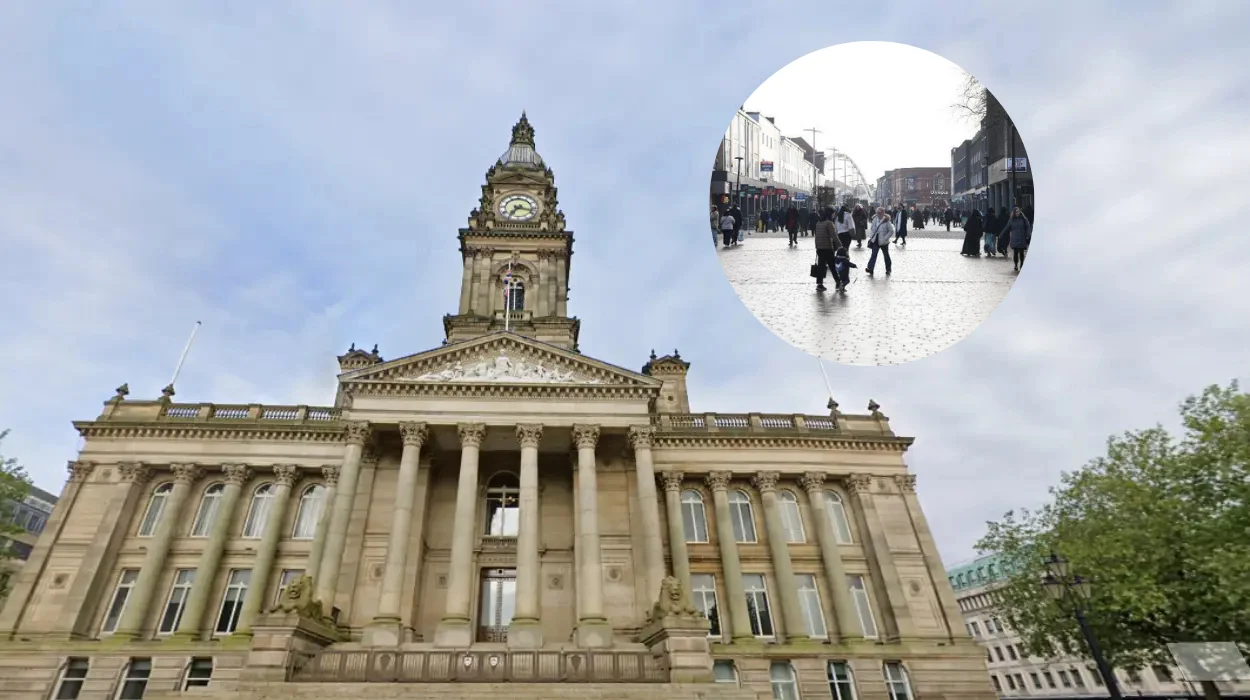Key Points
- Adults and Housing is the largest expenditure area, with a proposed 2025/26 budget of £91.8 million, including £4.126 million in required savings.
- Children's Services follows as the second-highest spender, with a 2025/26 budget estimate of £349.3 million, facing £690,000 in cuts.
- The Department of Place has a 2025/26 budget of £34.5 million and is required to deliver £1.014 million in savings.
- Public Health, Corporate Resources, and other departments also contribute significantly to overall spending, with total net expenditure forecast at £603.2 million for 2025/26.
- Council Tax increases of 4.99% are proposed for 2025/26, comprising a 2.99% general levy and 2% Adult Social Care precept, generating an additional £1.13 per week for Band A properties.
- A public consultation received 898 responses, with 71% supporting the use of reserves but 70% opposing the proposed Council Tax rise.
- The council’s net budget excluding schools is £322 million for 2025/26, with £7.8 million in cuts and £17.4 million in reserves used to balance the budget.
Which services consume the largest share of Bolton Council’s budget?
As reported by Graeme Wilson, Interim Borough Treasurer, of Bolton Council, in the 2025/27 Budget Report, the council continues to face “considerable financial uncertainty” requiring a two-year budget approach, with £7.8 million in cuts and £17.4 million drawn from reserves to achieve balance. The financial pressures stem from rising demand, inflation, and reduced central government grants, necessitating difficult decisions across all directorates.
The Adults and Housing Directorate is the single largest expenditure area within Bolton Council. According to the Cabinet Report of 3 February 2025, the original budget estimate for 2025/26 was £91.799 million, with a forecast increase to £96.878 million in 2026/27. This directorate has been allocated the highest savings target of £4.126 million over the 2025–2027 period, reflecting both its scale and the financial pressures in adult social care and housing services. As noted in the Statement of Accounts 2023–24, demand for older people’s homecare packages and community support has risen significantly, driven by post-pandemic health complexities and the cost-of-living crisis. The council has also faced unprecedented homelessness demand, particularly due to asylum and refugee pressures, further straining housing services.
How much does Children’s Services cost, and what are the financial pressures?
Children's Services is the second-largest budget holder, with an original 2025/26 estimate of £349.285 million, rising to £352.104 million in 2026/27. The directorate faces a savings target of £690,000 over two years. Despite being rated “good” by Ofsted in October 2023, the service continues to experience significant demand pressures, particularly in Education, Health, and Care Plans (EHCPs) and placements for children with complex emotional needs. The 2025/26 Local Government Finance Settlement includes a new £2.113 million Children’s Social Care Prevention Grant, aimed at enabling preventative investment and supporting reform through Family Help initiatives. However, as highlighted in the November 2024 Cabinet report, there is a forecast overspend of £13 million in 2024/25, driven by market factors outside the council’s control, indicating ongoing financial risk.
What is the Department of Place’s budget, and where are savings being made?
The Department of Place has a proposed 2025/26 revenue budget of £34.493 million after savings, down from £34.907 million. It is required to deliver £1.014 million in savings over 2025–2027. As detailed in the Directorate of Place Strategic Budget Report 2025/26, savings are being achieved through measures such as reviewing community grit/salt provision, reducing third-party event spending, and adjusting parking and waste charges. The department oversees highways, environmental services, regulatory functions, and regeneration projects, including major capital schemes like the Towns Fund and Farnworth redevelopment. Public consultation revealed that proposals to introduce pay-and-display car parking and increase trade waste charges were among the least popular, with 68% and 52% disagreement respectively.
What are the sources of council funding and future financial risks?
Bolton Council’s income comes primarily from Council Tax, business rates, and central government grants. For 2025/26, the council proposes a 4.99% Council Tax increase—comprising a 2.99% general levy and 2% Adult Social Care precept—generating an additional £1.13 per week for Band A properties, which make up over half the tax base. Business rates retention remains at 100% under the Greater Manchester devolution deal, allowing the council to retain local growth. However, a planned Business Rates reset in 2026/27 poses a risk, potentially reducing future income if national reallocation diminishes Bolton’s baseline. The Fair Funding Review, expected in 2025/26, may also impact long-term allocations based on needs assessments. The council’s reserves are projected to fall to £165.5 million by March 2025, with £14.16 million held as general balances for contingencies. The external auditor has previously challenged the sustainability of using reserves to defer savings, warning of long-term financial vulnerability.
